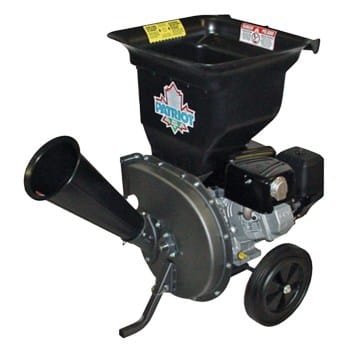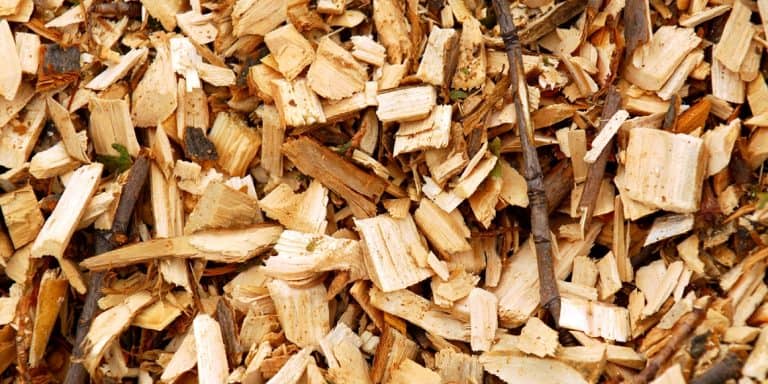
 By
Matt
January 6, 2022
By
Matt
January 6, 2022The best thing about wood chips is all the ways you can use them around your home for free. If you want to make your own free wood chips then be sure to check out our reviews of the best wood chippers.
Here are some ways you can use wood chips around your yard:
If you want to learn more then keep reading.
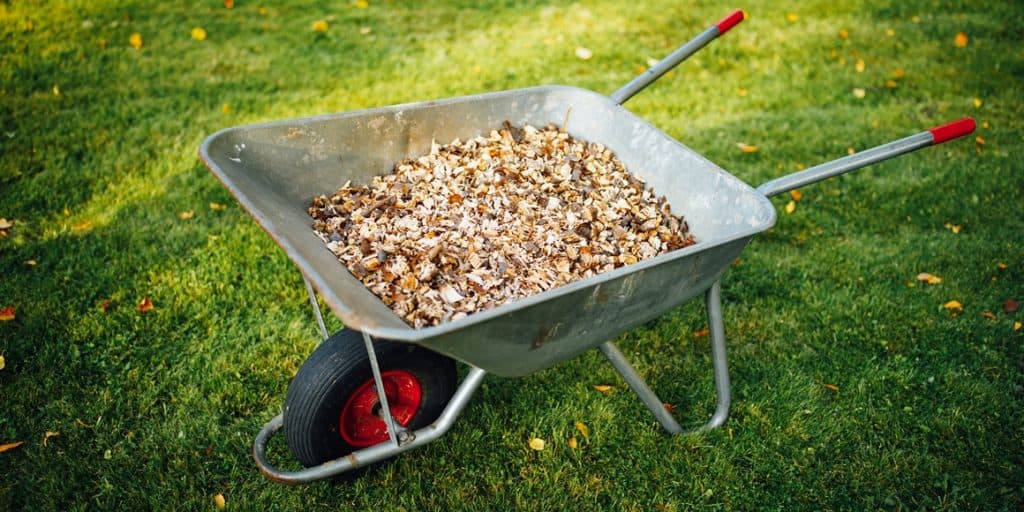
The first thing you can do with wood chippings is to use them as mulch for your landscaping. The chips are fairly large and unlike the type of mulch available at a garden center, home-made wood chips can last several seasons.
In addition to saving you money, using wood chips as mulch helps regulate soil temperature and retain soil moisture.
Yes, it is generally okay to use fresh wood chips as mulch in and around your garden, plants, and natural areas. But if you speak to some gardeners, you might hear conflicting answers. Some say that you shouldn't use fresh chips for mulch.
The worry of some gardeners is that fresh wood chips could reduce the nitrogen in your soil and leave your plants without enough to grow. But is this really true? It depends.
If your plants have deep roots then fresh chips will not affect or harm the nitrogen levels of your plants. But for plant roots that are shallow, then there is a possibility that the nitrogen levels could be affected.
Fortunately, there are two ways to prevent fresh chips from having a negative effect on nitrogen in shallow-rooted plants.
The first thing you could do is lay a thin layer of dead leaves on the surface of the soil before you spread a top layer of wood chips. The leaves are full of nitrogen and will protect your soil and increase its nutrients.
The second thing you could do is add some fertilizer each season on top of the wood chips. Adding a little extra fertilizer will fix any nitrogen issues.
Yes, to some extent. It has been shown that using wood chips as mulch can reduce the total number of weeds in your landscape and garden by over 85%.
If you are going to use the chips for mulch, then depth matters. You need a thick layer at least 6 inches deep for an 85% reduction. The weed-reduction rate goes down dramatically as you reduce the depth of coverage.
Another added benefit of using wood chips as mulch is weeds are easier to pull out. In mulched beds, a weed's root systems often don't reach into the dirt, or at least they don't go very far. Because the roots are usually found only in the mulch, pulling out the entire weed (roots and all) is very easy.
Another reason to use wood chips in your landscaping is they hold a lot of moisture and help regulate soil temperature. As the chips soak up the rain, they help the ground stay cooler longer in the summer heat. Even when they dry out, they still help the ground underneath retain its moisture and your plants can thrive.
It is possible for wood chip mulch to attract some bugs but there are many benefits that the bugs can provide to your plants. The "bug" question is often asked regarding termites, so let's get that out of the way first. Wood chips as mulch will not attract termites but could provide a home for them. Is this a problem? Not unless your mulch is against your house.
If you don't have termites, then wood chips will provide your garden and plants with all kinds of benefits from the home it provides for bugs. A healthy covering of wood chips provides a fantastic ecosystem for earthworms and other beneficial bugs that your pants and landscaping need.
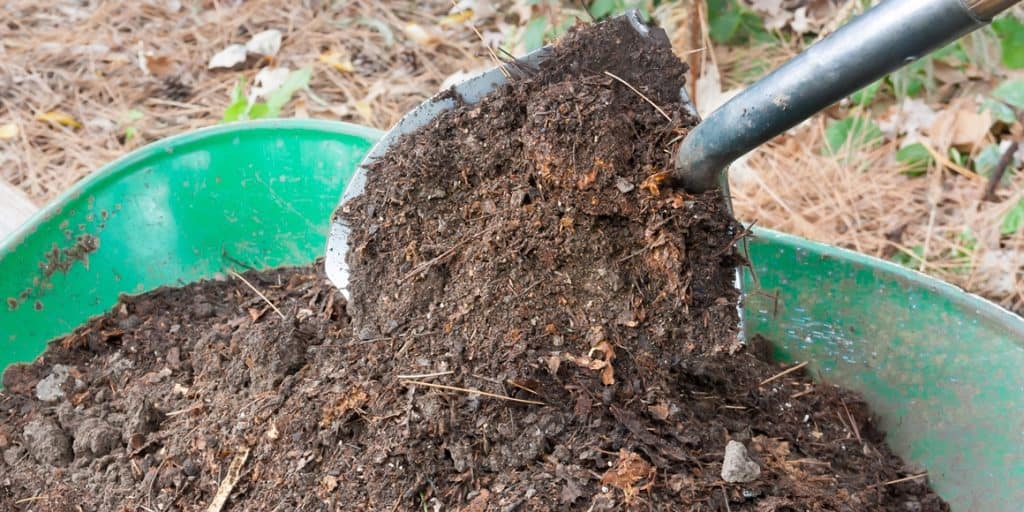
The second thing you can do with wood chips from a chipper is to use them as compost in your garden or flower beds. If your chipper has a shredding feature, then you should also use shredded dead leaves for compost.
Wood chips are good for compost because they are 100% organic matter. It's completely natural and exactly what nature uses for feeding new growth.
No, wood chips do not make the soil acidic if you layer appropriately. Don't mix your leaves with the chips, but instead layer and it shouldn't be an issue because that's how it's done in nature. In nature, the leaves fall to the ground, and then when the tree or brush dies, it also falls to the ground and decomposes.
The first thing you should do before spreading the wood chips in your garden is to pull out all the weeds or spray them with a weed killer like glyphosate.
Once the weeding is completed, you will need a way to transport piles of wood chips to different areas of your garden. A pull-cart or wheelbarrow works great for moving the chips. If you have a lot to move, you might want to invest in a wagon to hitch behind a garden tractor, ATV, or golf cart. Your back will thank you later.
When you finally have the chips in piles, then its time to use a garden rake or hoe to spread them around. You will need a depth of at least 2 to 3 inches thick if you want to achieve the benefits of weed control, soil temperature regulation, and increased soil moisture. If you do this correctly, your garden plants will grow and thrive in your wood chips.
The best kind of wood chips for a garden is any type of shredding from organic material such as dead leaves, landscaping clippings, and shredded tree limbs. You can even mix in shredded cardboard and newspaper.
Using shredded material instead of thicker chippings helps speed up the decomposition process and transfer of nutrients to your soil. If you don't have shreddings and only have thicker chips, that's fine too but you might have to add some extra fertilizer to your garden.
In general, and depending on the size of the wood chips, it can take a long time (3 to 6 months) to compost 33% of the chips. However, the decomposition process can slow down if the bacteria and fungi do not have enough nitrogen to carry out the process. You should monitor the nitrogen levels in your soil and add nitrogen-rich organic matter as needed so the decomposition process continues.
The entire composting process can last several months and it has three phases: 1) mesophilic; 2) thermophilic; and 3) maturation. In the first two stages, the temperature will increase and peak during the second stage. It isn't until the last stage that the temperature will start to come down as the remaining organic matter is cured.
The reason wood chip piles smoke is because of the composting process taking place by fungi and bacteria. These organisms grow on the wood and produce heat while breaking down the wood chips and other organic material. As the heat interacts with the ambient air, it produces steam which gives off the appearance of smoke rising from the pile.
It is possible for a pile of wood chips to self-ignite but this is usually a very rare occurrence and requires several pre-conditions coming together at the same time. If you are a typical homeowner, then you probably don't have to worry about self-ignition because you won't have a big enough pile. According to some experts, self-ignition becomes a concern when you have more than 1,000 cubic yards of wood chips. That's a huge load of chips! In addition to a large pile, the chips would need to be very moist and a metal catalyst is usually involved in the ignition process.
In general, wood chips are not a fire hazard except in very specific circumstances. If you are worried about a fire, then one way to prevent it would be to reduce the amount of nitrogen you add the wood chip pile. The bacteria and fungi require the nitrogen and without it, they cannot grow and multiply. You can reduce the amount of nitrogen in your pile by avoiding the use of bark, pine needles, and dead leaves.
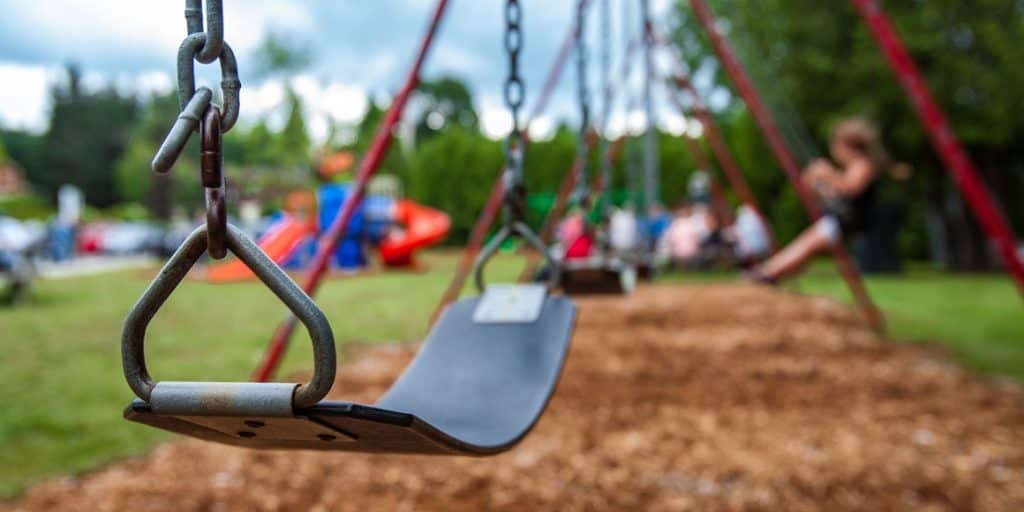
The third thing you can do with wood chips from a chipper is use them as playground mulch. Having a cushioned covering for your playground has many added benefits, including less mud and dirt on your kids clothing and also protection from a fall.
The fall protection from wood chips is also much better than standard mulch you would find at a local garden center. The U.S. Consumer Product Safety Commission (CPSC) states in their 2010 Public Playground Safety Handbook that 9 inches of wood chips can help protect from a 10-foot fall height whereas 9 inches of standard wood much will only help protect from a 7-foot fall height.
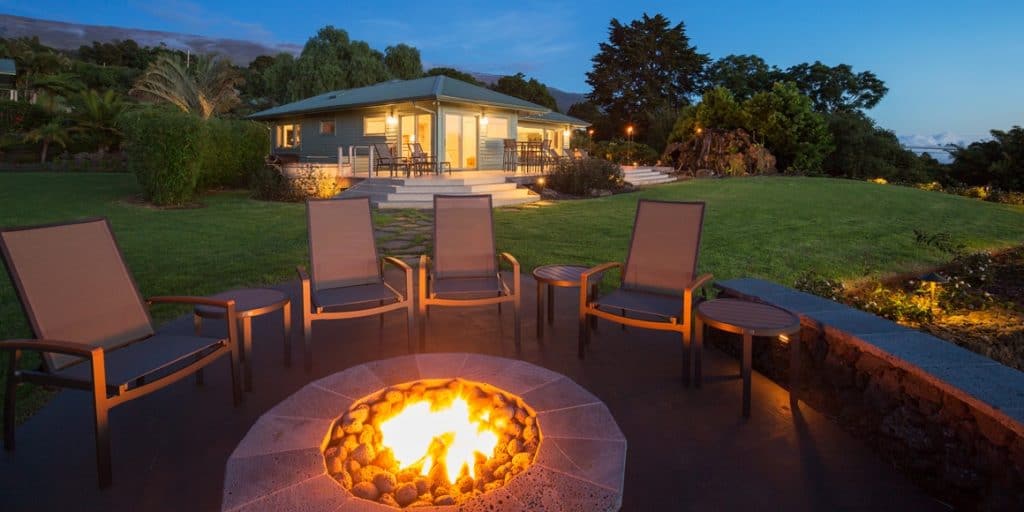
Wood chips are also great fuel for a fire in a pinch. Sometimes you might not have enough firewood around so a few handfuls of wood chips could work. If the chips are fresh and still moist, it will be more difficult than using dry chips.
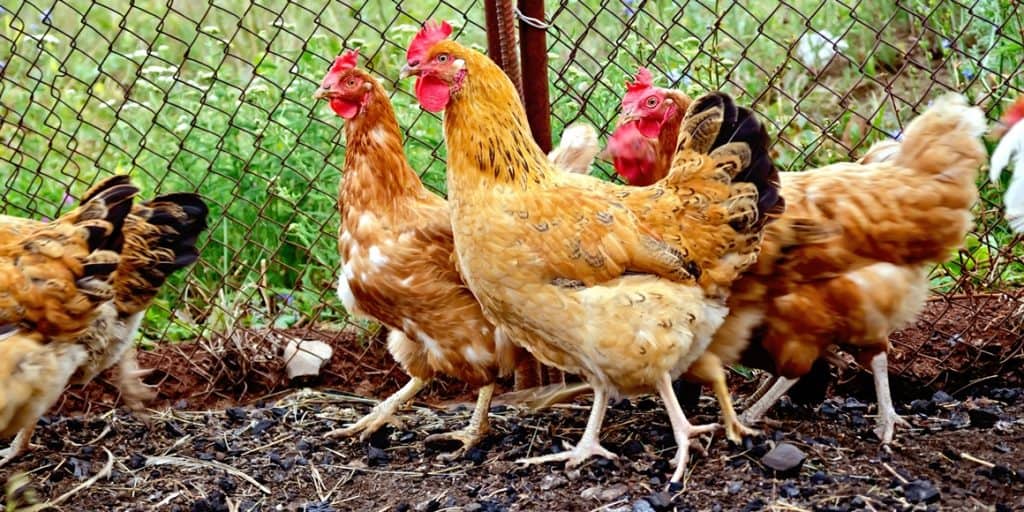
Wood chips provide a great ground cover and bedding for livestock and animals such as chickens and other small animals. If you have chickens, the wood chips will reduce the mud in and around your coop and this can help lower disease. In addition, the wood chips will provide a steady supply of bugs for your chickens to eat.
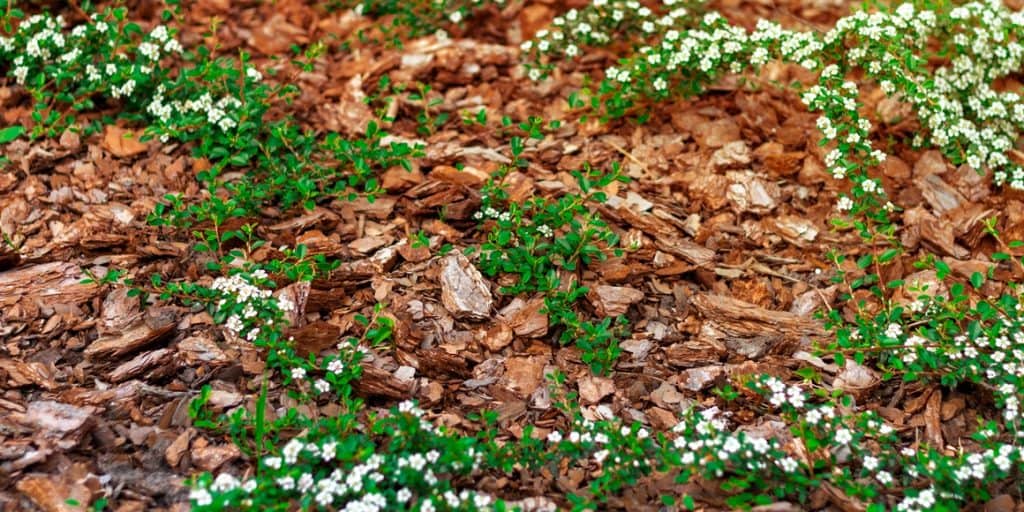
You can use wood chips to help alleviate drainage issues in your yard. If you have a muddy spot, then try covering it with some wood chips. The chips will cover up the mud and also feed the soil. In a season or two, you might get some grass growing and the mud problem could be eliminated.
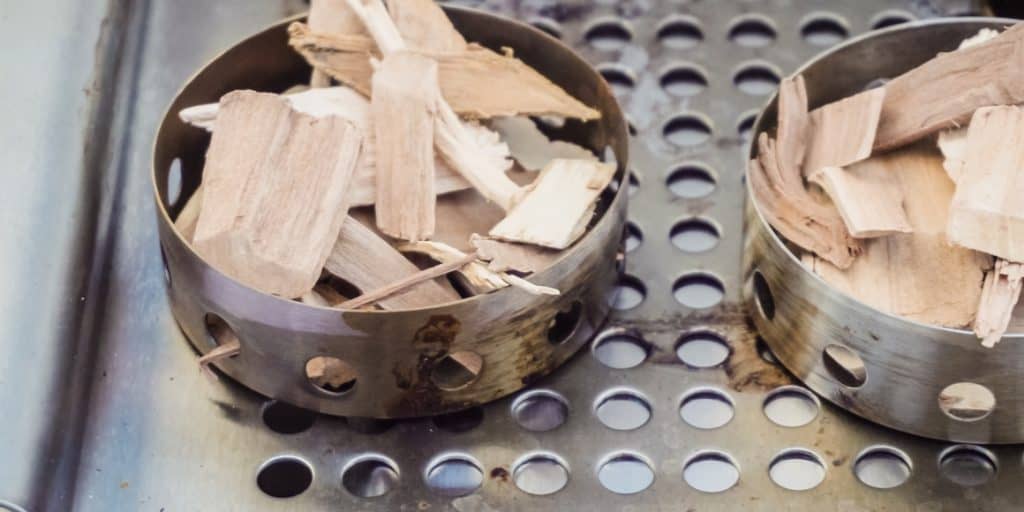
Let's not forget that wood chips are also a fantastic addition to any BBQ. If you've never barbecued with wood chips then you are missing one of life's greatest joys. You can use them to add flavor to just about anything on the grill, including meat and vegetables. Grilling with with them is a simple process and doesn't require any additional tools.
Step 1 - Select your favorite type of wood chips based on the type of meat you are cooking.
Best wood chips for cooking fish:
Best wood chips for cooking pork:
Best wood chips for cooking beef:
Step 2 - Soak your wood chips for at least 2 hours in water.
Step 3 - Place the soaked chips in your grill's smoker box, grill grate, or right on the coals.
Step 4 - Keep the grill lid closed as long as possible so the meat can soak in the smoke flavor.
Step 5 - Enjoy!
Are you shopping for a new wood chipper? Here are some of our favorites that we want to share. Also, if you need some help, then be sure to check out our detailed buying guide. It explains some of the important considerations when shopping for a wood chipper.
